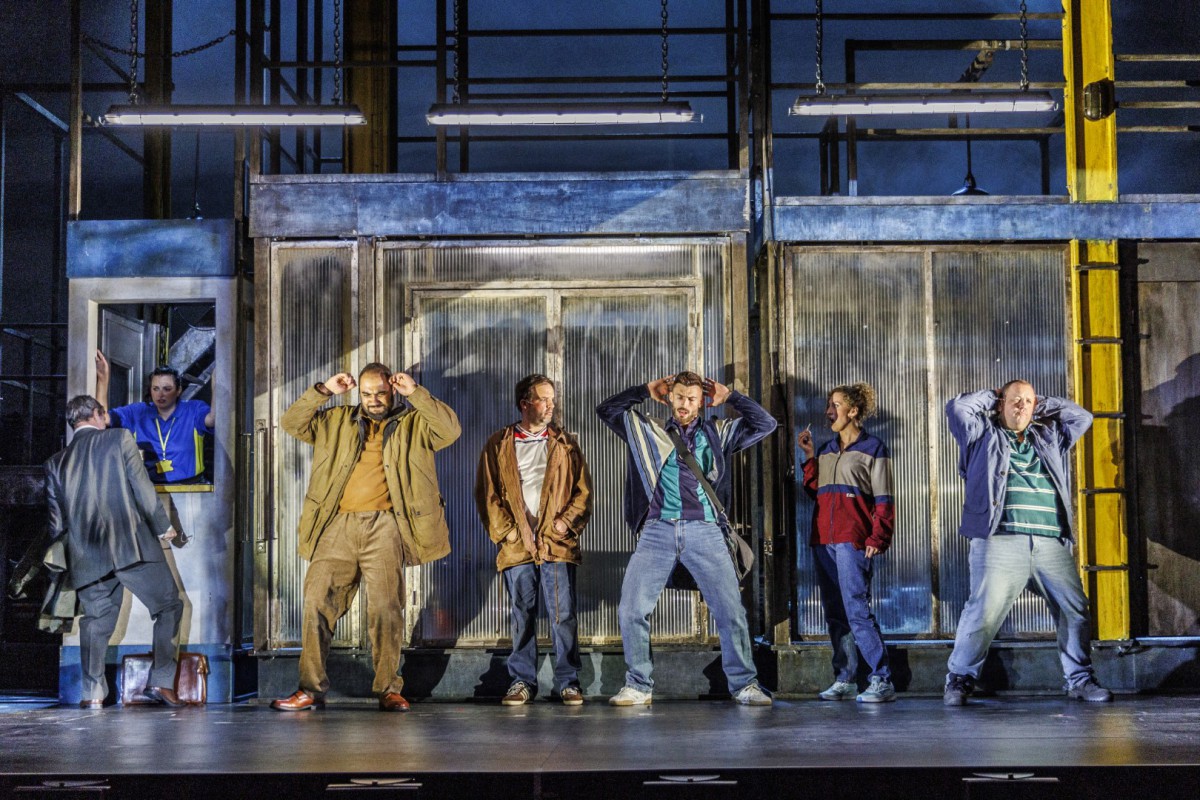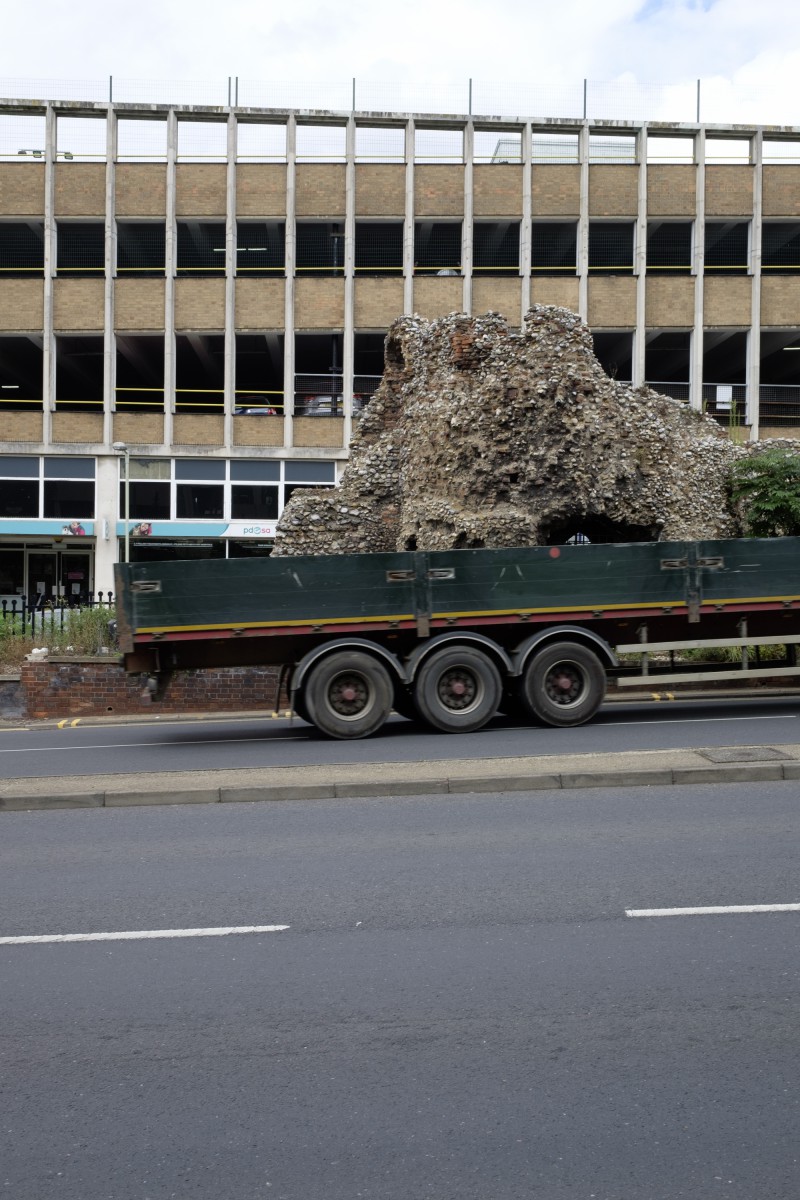I don’t think I’ve ever heard a louder audience roar at Norwich Theatre Royal than for The Full Monty.
While I may not be exactly the target demographic, it was impossible to ignore the anticipation and excitement from the largely female crowd for this revival of the adaptation of 1990s film of the same name.
The story is largely unchanged from the hit film: a group of out of work Sheffield steelworkers decide to make some money by becoming a male strip act, eclipsing the legendary Chippendales by taking off all their clothes – aka the full monty.
The apparently silly story nonetheless deals with a number of deeply emotional story lines: Gaz’s battle to keep seeing his son Nathan; Dave’s self-belief and body image issues; Lomper’s attempted suicide, and his nascent relationship with Guy to name just a few.
In fact it’s something of a shame that the biggest audience reactions come from the suggestive dance routines and fairly brief nudity than the acerbic dialogue – I particularly loved the joke about Denis Healey’s eyebrows that sailed past most of the audience – and the emotional resonance of Dave’s and Gerald’s marriages, and the father-son bond between Gaz and Nathan.
Simon Beaufoy’s script is smarter than just being about getting naked, but the audience clearly loved getting a flash of reality TV star’s Jake Quickenden bum, Ben Onwukwe’s arthritis-impaired twerking, and the final – inevitable – strip show. And there’s nothing wrong with that.
Jasmine Swan’s successful design consists of several rotating units that cumulatively form factories, job centres, a working men’s club and a police station, with some charming subtle touches from the cast as they dressed the set between scenes.
Michael Gwyngell’s direction felt a little lose in the earlier scenes, but the pace – along with the undies – tightens in the second half.
Go for the nudity by all means, but remember this play is actually much better written than that, which is why the film, and this reworking of it, is so successful.
- The Full Monty continues at Norwich Theatre Royal until Saturday 28 October 2023.



